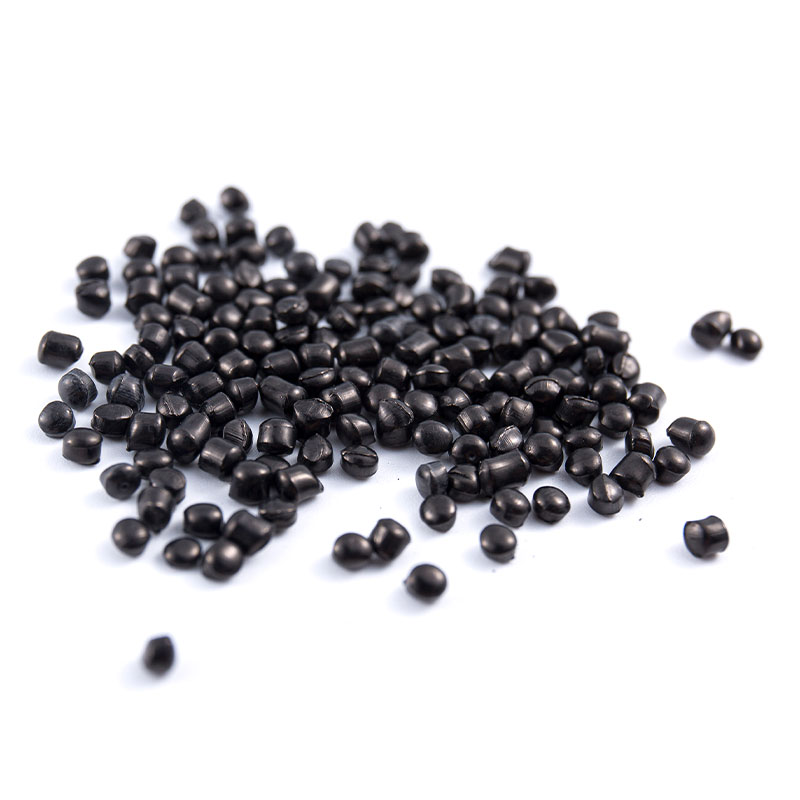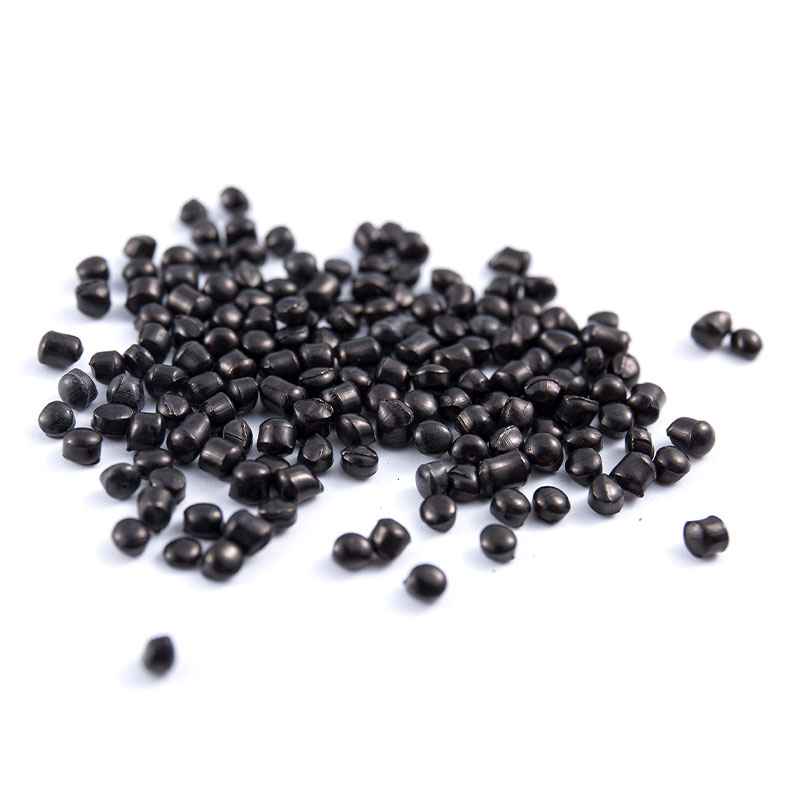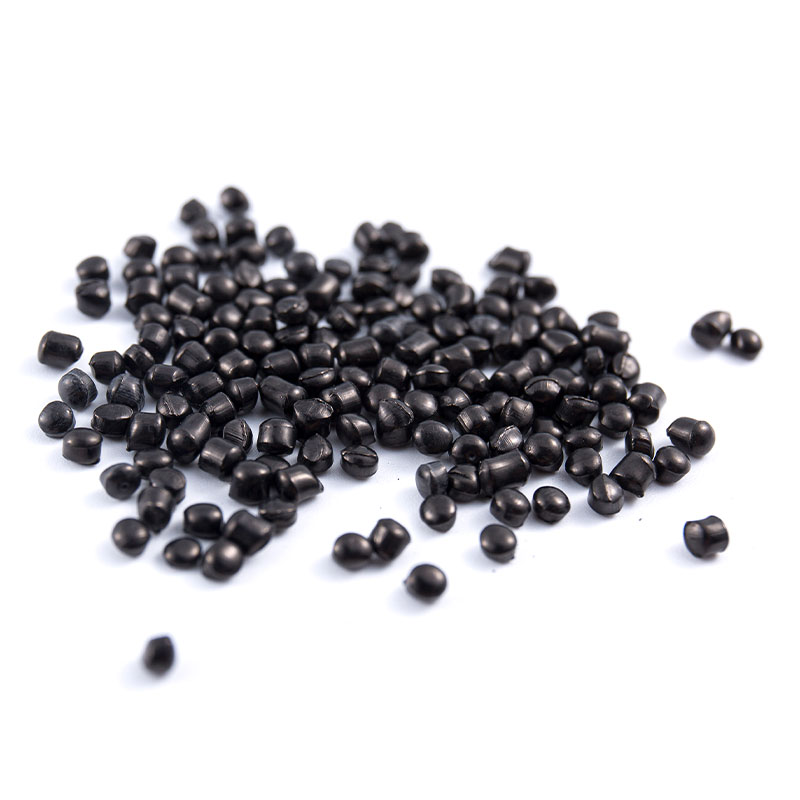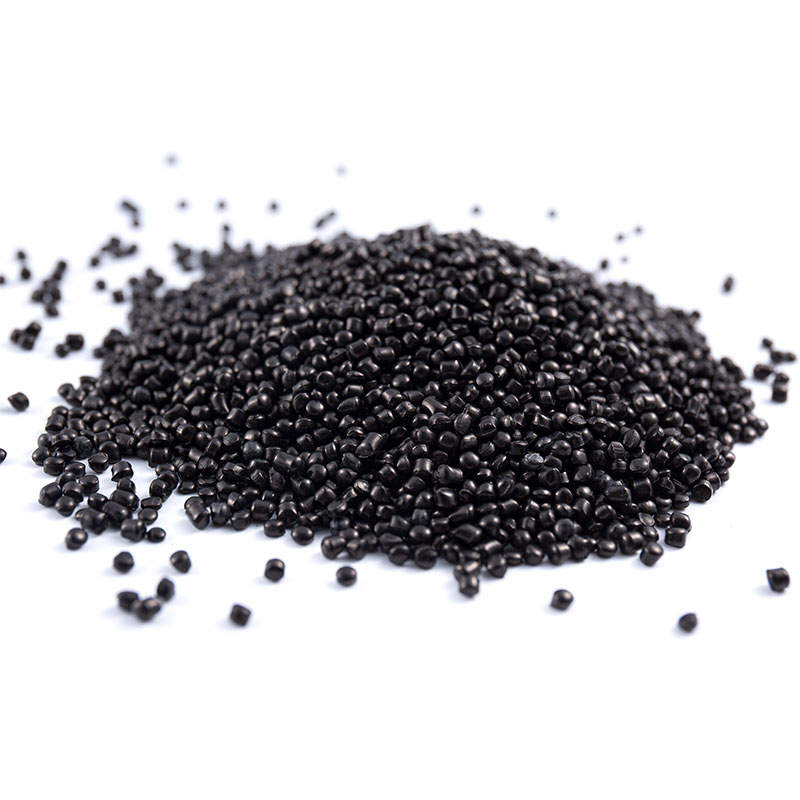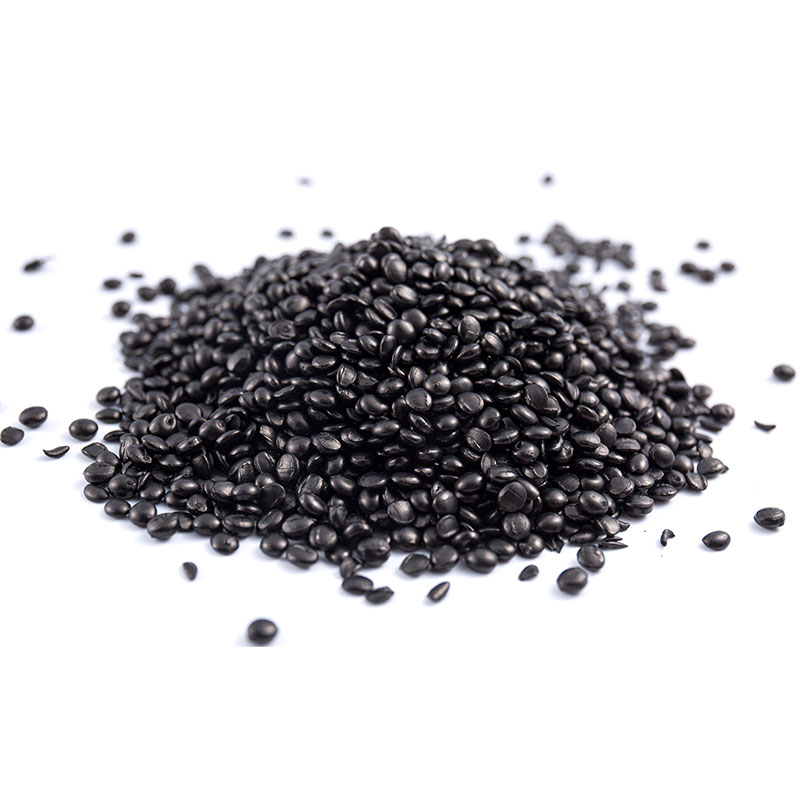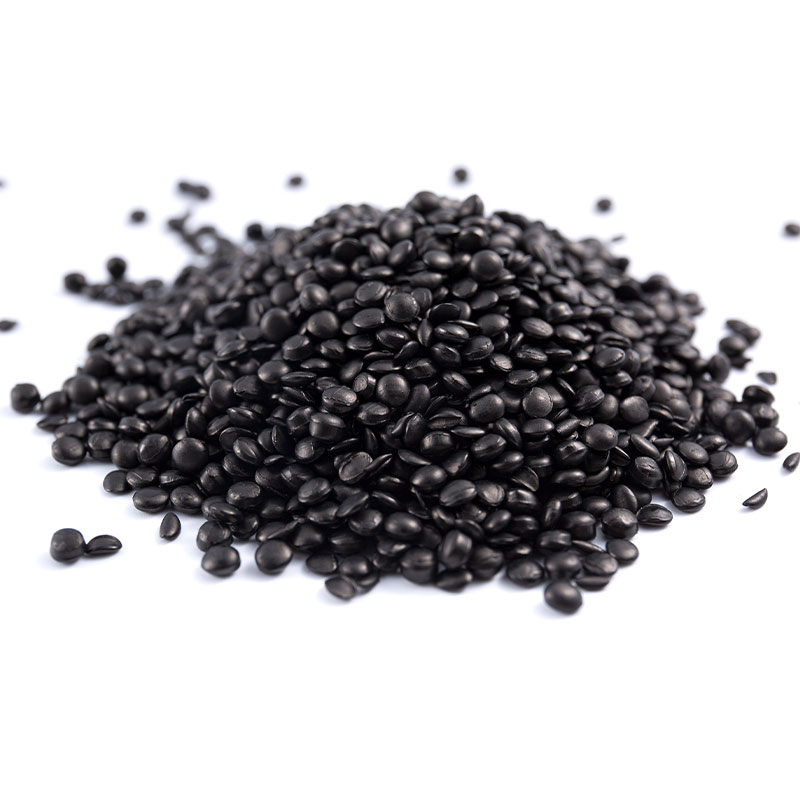Which Types of Blown Film Processes Are Suitable for Black Blown Film Masterbatch?
Black Blown Film Masterbatch in Industrial Applications
Black blown film masterbatch is a concentrated formulation of carbon black or other black pigments combined with carrier resins, designed to impart color, UV stability, and opacity to polymer films. Its usage spans multiple industrial sectors, including packaging films, agricultural films, consumer electronics films, and automotive protective layers. E-LUCK, a professional manufacturer and solution provider specializing in black masterbatch for industrial applications, has consistently applied precision, consistency, and material intelligence in the development of black blown film masterbatches. The company’s integration of advanced dispersion technology and rigorous quality systems ensures that its masterbatches meet the complex demands of modern polymer processing, making them suitable for a variety of blown film processes. Understanding the compatibility of black blown film masterbatch with different film extrusion techniques is essential for optimizing performance, appearance, and lifecycle of the final film products.
Fundamentals of Blown Film Extrusion
Blown film extrusion is a process in which molten polymer is extruded through a circular die to form a thin-walled tubular film. The film is then inflated using internal air pressure, cooled, and collected as a layflat roll. The process can produce mono-layer or multi-layer films with various thicknesses, mechanical properties, and optical characteristics. Black blown film masterbatch must exhibit uniform dispersion, thermal stability, and compatibility with the host polymer to perform effectively in blown film extrusion. E-LUCK’s focus on advanced dispersion technology ensures that carbon black particles are evenly distributed within the carrier resin, reducing the risk of agglomeration, streaking, or viscosity variations during extrusion.
Mono-layer Blown Film Processes
Mono-layer blown film extrusion is one of the most common processes used in converting polymers such as polyethylene (PE) or polypropylene (PP) into colored films. In this process, a single polymer layer containing black masterbatch is extruded and inflated to form the film. The advantages of using black blown film masterbatch in mono-layer systems include simplicity in process control, ease of achieving uniform color, and straightforward adjustments of film thickness. E-LUCK’s black masterbatch formulations are designed to provide consistent pigmentation, ensuring that mono-layer films achieve the desired optical and mechanical properties. Mono-layer blown film processes are especially suitable for applications such as black agricultural films, industrial packaging bags, and protective sheets where color uniformity and UV resistance are critical.
Co-extruded Multi-layer Blown Films
Co-extrusion is a more advanced blown film process where two or more polymer layers are extruded simultaneously to create a composite film. This approach allows manufacturers to combine different functional layers, such as barrier layers, UV protection layers, or sealant layers, with black-colored layers. Black blown film masterbatch can be incorporated into one or multiple layers, depending on the design requirements. E-LUCK’s technical support helps customers determine the optimal layer placement, pigment concentration, and processing conditions for multi-layer films. Co-extruded films are suitable for packaging applications requiring enhanced mechanical strength, opacity, or light-blocking performance. By integrating black masterbatch into the appropriate layers, the films maintain consistent color while ensuring that functional properties such as tear resistance or barrier performance are not compromised.
Cast Film vs. Blown Film Considerations
Although black masterbatches are compatible with both cast and blown film processes, blown film extrusion offers advantages in film orientation, mechanical strength, and film thickness uniformity. Cast films are produced by extruding molten polymer onto chilled rollers, resulting in a flat sheet with minimal orientation in the machine direction. Blown films, on the other hand, undergo biaxial stretching during inflation, enhancing tensile strength and toughness. E-LUCK’s black blown film masterbatches are formulated to resist thermal degradation and maintain dispersion under the extended residence times and shear stresses typical of blown film extrusion. This makes them particularly suitable for industrial applications requiring durable and mechanically robust films.
Compatibility With Different Polymer Grades
Black blown film masterbatch must be compatible with various polymer grades to ensure processability and product quality. High-density polyethylene (HDPE), low-density polyethylene (LDPE), linear low-density polyethylene (LLDPE), and polypropylene (PP) are common polymers used in blown film production. Each polymer type presents unique melt flow characteristics, thermal stability, and rheological behavior. E-LUCK’s formulations consider the viscosity range, melt temperature, and crystallization behavior of the host polymer, ensuring that black masterbatch disperses uniformly and does not cause die build-up or flow instabilities. Proper polymer-masterbatch compatibility enhances film clarity, surface finish, and dimensional consistency, which are critical in packaging and industrial film applications.
Masterbatch Loading and Dispersion Optimization
The concentration of black masterbatch in the polymer blend is a key factor in achieving uniform color and consistent film properties. Excessive loading can increase viscosity, reduce melt flow, and cause die line defects, whereas insufficient loading may result in uneven coloration or insufficient opacity. E-LUCK employs advanced dispersion technology to optimize particle size distribution and surface treatment of the carbon black, ensuring that even low masterbatch loading achieves uniform pigmentation. During blown film extrusion, the optimized masterbatch prevents streaking, mottling, and surface roughness, producing films that meet industrial performance standards.
Thermal and UV Stability in Blown Film Processes
The high temperatures involved in blown film extrusion can affect the stability of black pigments. Carbon black contributes to UV resistance, but excessive heat can lead to degradation or color fading if the masterbatch is not properly stabilized. E-LUCK incorporates stabilizers and heat-resistant carrier resins in its black blown film masterbatch to ensure that the pigmentation remains consistent and the polymer maintains its mechanical properties. This thermal and UV stability is particularly important for films exposed to sunlight in agricultural, outdoor, or industrial applications. By controlling the thermal behavior of the masterbatch, manufacturers can produce films with reliable color and long-term performance.
Additive Incorporation for Specialized Applications
Blown films often incorporate additional functional additives, such as slip agents, anti-block agents, or UV absorbers, to enhance processability and film performance. Black blown film masterbatch must be compatible with these additives to prevent agglomeration or interference with film extrusion. E-LUCK provides technical guidance on masterbatch formulations that integrate seamlessly with commonly used film additives. This allows manufacturers to produce films with combined functionalities, such as black coloration with improved slip properties or enhanced weather resistance, without compromising film integrity or appearance.
Process Equipment Considerations
Blown film extrusion involves specific equipment such as circular dies, bubble stabilization systems, cooling rings, and haul-off units. Black masterbatch performance can be affected by die design, melt temperature uniformity, and air cooling efficiency. E-LUCK collaborates with clients to optimize processing parameters based on equipment characteristics, ensuring smooth extrusion and consistent film thickness. Proper adjustment of screw speed, die gap, blow-up ratio, and take-off speed is essential when incorporating black masterbatch, as these factors influence film optical properties, mechanical strength, and surface smoothness.
Quality Control and Consistency in Film Production
Maintaining consistent film quality requires monitoring the color, opacity, thickness, and surface properties during production. E-LUCK’s black blown film masterbatch products are produced under rigorous quality control systems, including particle size analysis, dispersion testing, and thermal stability evaluation. These measures ensure that the masterbatch performs predictably across different production runs. Consistency is particularly critical for industrial applications where film color uniformity and opacity affect product branding, UV protection, and light-blocking performance. Implementing inline monitoring systems during blown film production allows manufacturers to detect and correct deviations promptly.
Blown Film Process Variants and Masterbatch Suitability
| Process Variant |
Characteristics |
Suitability for Black Blown Film Masterbatch |
Typical Applications |
| Mono-layer extrusion |
Single polymer layer, simple process control |
High suitability due to ease of dispersion |
Agricultural films, black bags |
| Co-extrusion multi-layer |
Multiple functional layers |
Suitable if black masterbatch is placed in designated layers |
Barrier films, UV-protective films |
| Tubular blown film with double bubble |
Additional inflation for mechanical orientation |
High suitability if thermal stability ensured |
Industrial packaging, stretch films |
| Cast film alternative |
Flat extrusion, less orientation |
Lower suitability compared to blown films for mechanical performance |
Specialty sheets and laminates |

 English
English Español
Español


